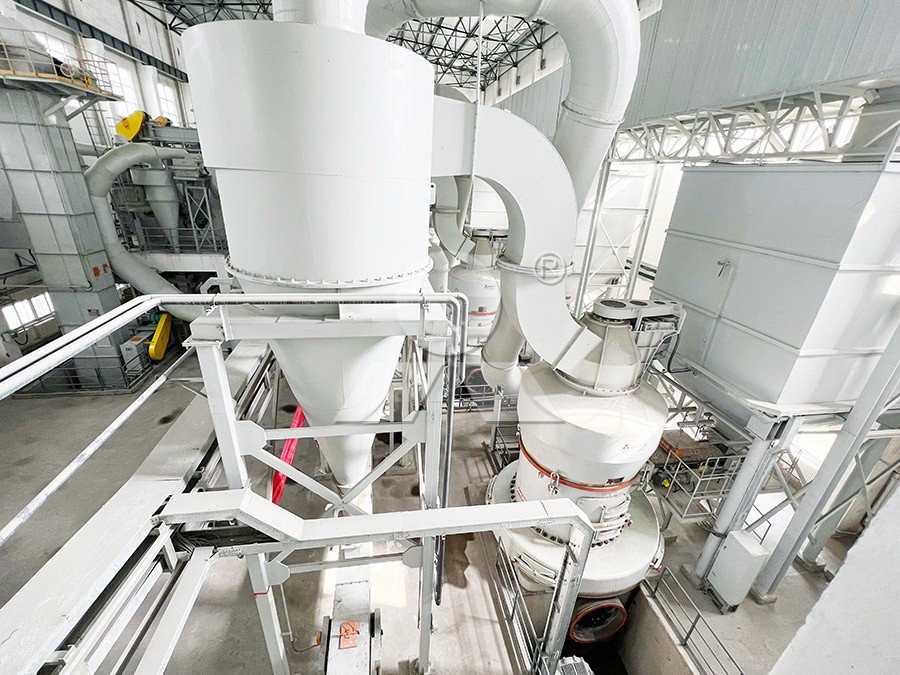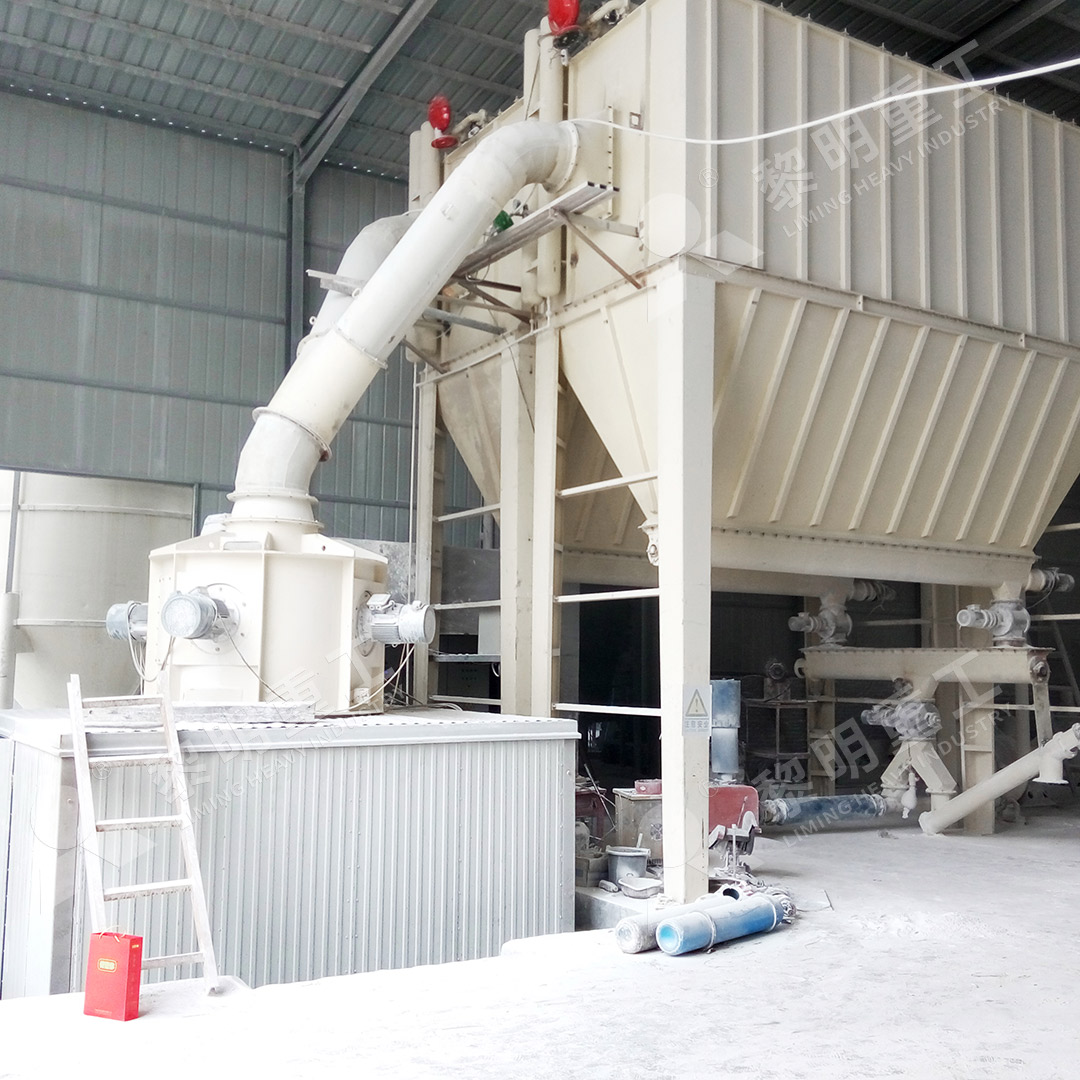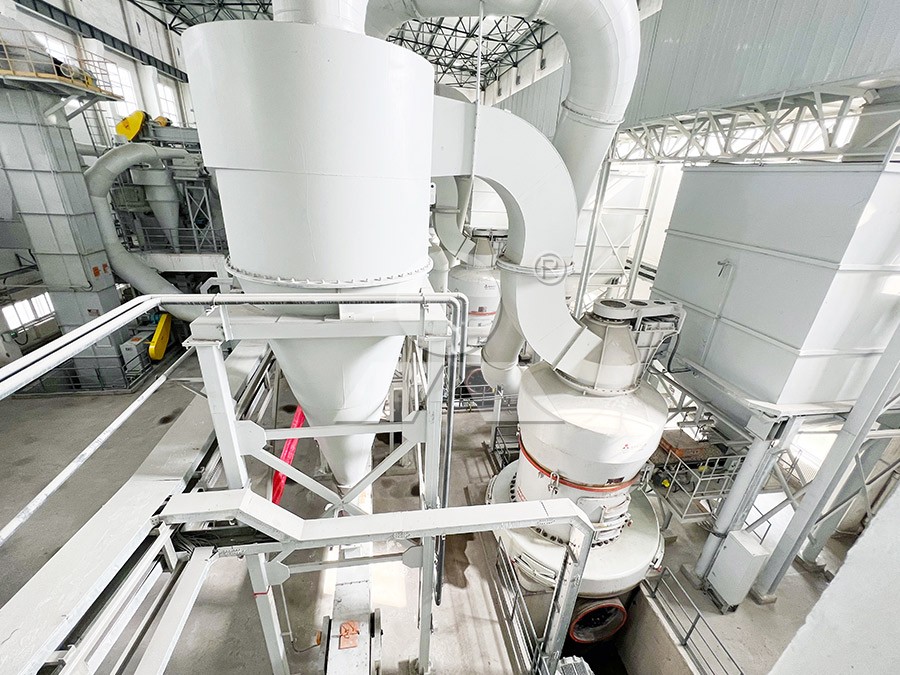Raymond Mill for Grinding Granodiorite: Key Features and Applications
Raymond Mill for Grinding Granodiorite: Key Features and Applications
Granodiorite, a coarse-grained intrusive igneous rock similar to granite, presents unique challenges in mineral processing operations. Its composition of quartz, plagioclase, and potassium feldspar requires robust grinding equipment capable of handling hard, abrasive materials while maintaining consistent particle size distribution. For operations processing this demanding material, selecting the appropriate milling technology is critical to achieving optimal productivity and product quality.
Traditional grinding approaches often fall short when processing granodiorite, leading to excessive wear on components, inconsistent particle size distribution, and high operational costs. The mineral composition varies significantly between deposits, requiring equipment with sufficient flexibility to adapt to these variations without compromising performance.

Technical Challenges in Granodiorite Processing
Processing granodiorite demands equipment that can withstand the abrasive nature of quartz content while efficiently reducing particle size. The ideal mill must offer precise control over final product fineness, energy-efficient operation, and minimal maintenance requirements. Additionally, environmental considerations including dust control and noise reduction have become increasingly important in modern mineral processing facilities.
The hardness of granodiorite typically ranges between 6 and 7 on the Mohs scale, necessitating grinding equipment with superior wear resistance. Conventional ball mills often prove inadequate for this application due to high energy consumption and significant wear on grinding media. More advanced milling technologies have emerged to address these specific challenges.
Advanced Milling Solutions
For operations requiring ultra-fine granodiorite powders, the MW Ultrafine Grinding Mill represents a significant technological advancement. With an input size capacity of 0-20 mm and throughput ranging from 0.5 to 25 tph, this equipment is particularly well-suited for processing hard minerals like granodiorite. The mill’s innovative design eliminates rolling bearings and screws within the grinding chamber, addressing common failure points in conventional milling equipment.
The MW Ultrafine Grinding Mill achieves remarkable energy efficiency, consuming approximately 30% less energy compared to jet mills while delivering 40% higher production capacity. This efficiency translates to substantial operational cost savings, particularly important in high-volume processing applications. The adjustable fineness range of 325-2500 meshes provides operators with exceptional control over product specifications.

Environmental and Operational Benefits
Modern grinding equipment incorporates comprehensive environmental protection features that are essential for sustainable operations. The integration of efficient pulse dust collectors ensures minimal dust emissions during the entire milling process. Additionally, specialized silencers and noise reduction chambers significantly decrease operational noise, creating a safer working environment and reducing the facility’s environmental impact.
The MW series mills feature advanced powder separation technology derived from German engineering, providing exceptional precision in particle size classification. The multi-head cage-type powder selector can be configured according to specific production requirements, ensuring optimal performance across varying feed materials and product specifications.
Application-Specific Considerations
When processing granodiorite for specific industrial applications, final product characteristics must meet precise specifications. The construction industry requires consistent particle size distribution for use as fillers, while the ceramics industry demands ultra-fine powders with controlled mineral composition. The flexibility of modern grinding equipment allows producers to tailor their output to these diverse market requirements.
Operational reliability is another critical factor in granodiorite processing. Equipment designs that facilitate external lubrication without shutdown enable continuous 24-hour operation, maximizing production uptime. Additionally, comprehensive technical support and genuine spare parts availability ensure long-term operational stability.

Frequently Asked Questions
What makes granodiorite particularly challenging to grind?
Granodiorite contains significant quartz content (typically 20-60%), which is highly abrasive and accelerates wear on grinding components. Its variable mineral composition also requires equipment with flexibility to maintain consistent performance across different material batches.
How does the MW Ultrafine Grinding Mill address wear concerns?
The MW series incorporates several design innovations to combat wear, including the elimination of rolling bearings and screws in the grinding chamber. The grinding curves of rollers and rings are specially engineered to maximize efficiency while minimizing abrasive wear.
What fineness range can be achieved when processing granodiorite?
With advanced separation technology, the MW Ultrafine Grinding Mill can produce powders ranging from 325 to 2500 meshes, with the capability to achieve d97≤5μm in a single pass. This flexibility allows producers to meet diverse market requirements.
How significant are the energy savings compared to traditional mills?
Operational data indicates energy consumption reductions of 30-40% compared to jet mills and approximately 50% compared to traditional ball mills, while maintaining higher production capacity.
What environmental protections are incorporated?
The system includes integrated pulse dust collectors that prevent dust emissions, along with silencers and noise elimination features that maintain operational noise at environmentally compliant levels.
